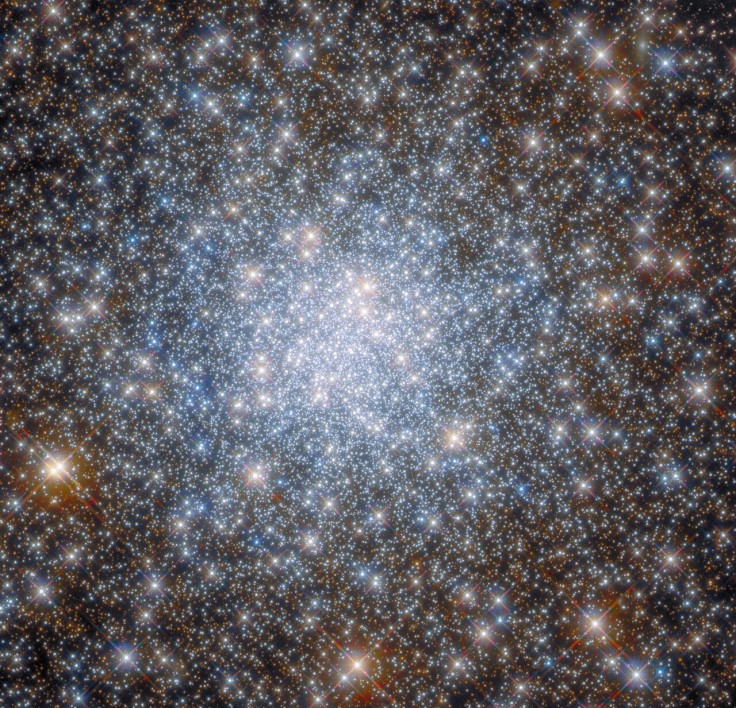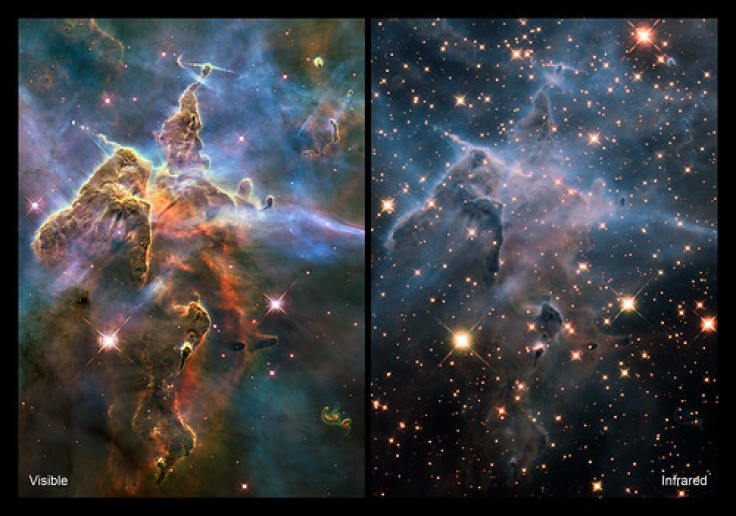
The NGC 6638 globular cluster in the constellation of Sagittarius can be seen in the NASA/ESA Hubble Space Telescope image above. The observation reveals the abundance of stars in globular clusters, which are densely packed clusters of tens of thousands to millions of stars, according to the European Space Agency (ESA).
How Was The Photo Taken?
Wide Field Camera 3 and the Advanced Camera for Surveys, two of Hubble's state-of-the-art astronomical equipment, were used to collect the data in this image.
ESA noted that with ground-based telescopes prior to the development of Hubble, it was nearly impossible to detect the stars in globular clusters clearly. Before, it was impossible to distinguish one star from another due to the Earth's atmosphere's blurring, but from Hubble's position in low Earth orbit, the atmosphere is no longer a concern.
We will discuss the positioning of Hubble in the later part of this article.
James Webb Space Telescope vs Hubble Space Telescope
These are currently two of the most well-known observatories.
NASA claims that Hubble and Webb are very distinct from one another. The main difference between them is that Webb will observe the universe mostly in the infrared. On the other hand, Hubble primarily investigates the universe at optical and ultraviolet wavelengths.
With the help of four scientific instruments, Webb will primarily observe in the infrared and record the spectra of heavenly bodies. These tools will offer 0.6 to 28 micrometer wavelength coverage. While Webb still has limited capacity in the visible range, its instruments will operate mostly in the infrared region of the electromagnetic spectrum.
You might wonder why it's important to observe infrared light. Notably, farther away objects are more strongly redshifted, pushing their light out of the UV and optical spectrum and into the near-infrared. Therefore, an infrared telescope is required for the observation of these far-off objects, as per NASA.

Now, let us discuss the wavelengths where the Hubble telescope operates. NASA held that while Hubble's primary capabilities are in the ultraviolet and visible regions of the spectrum from 0.1 to 0.8 microns, the instruments on Hubble can also observe a small fraction of the infrared spectrum from 0.8 to 2.5 microns.
The size of the mirrors on the two telescopes is another distinction. Hubble's mirror is smaller compared to Webb's. This is because Webb is able to see further into the past than Hubble due to its greater light-collecting area.
How are the two telescopes positioned? Well, they are placed pretty far from each other.
At the second Lagrange (L2) point, Webb will be 1.5 million kilometers (km) from the earth, whilst Hubble is in a fairly close orbit.

To elaborate further, at a height of roughly 570 km, the Hubble Space Telescope makes an orbit around the planet. On the other hand, Webb will not really orbit the Earth; instead, it will be positioned 1.5 million km distant at the Earth-Sun L2 Lagrange point.









